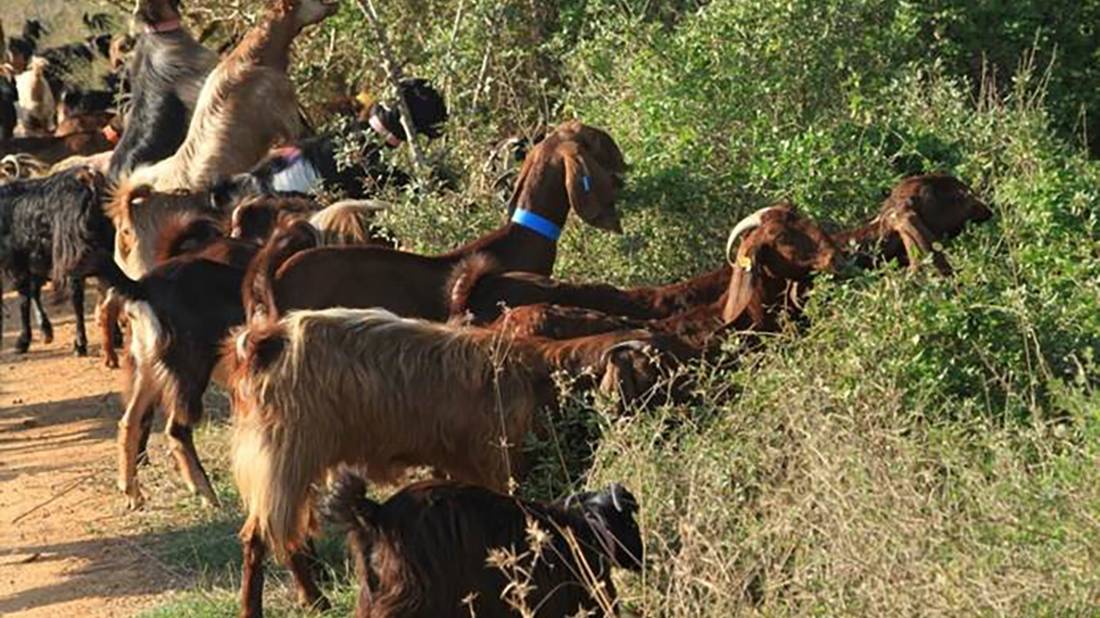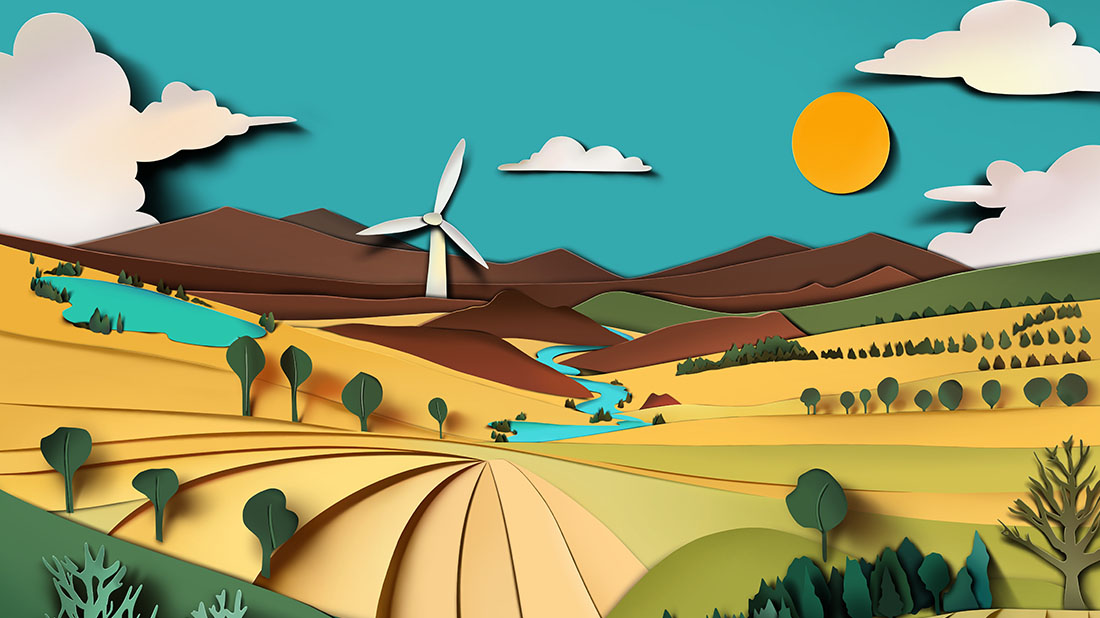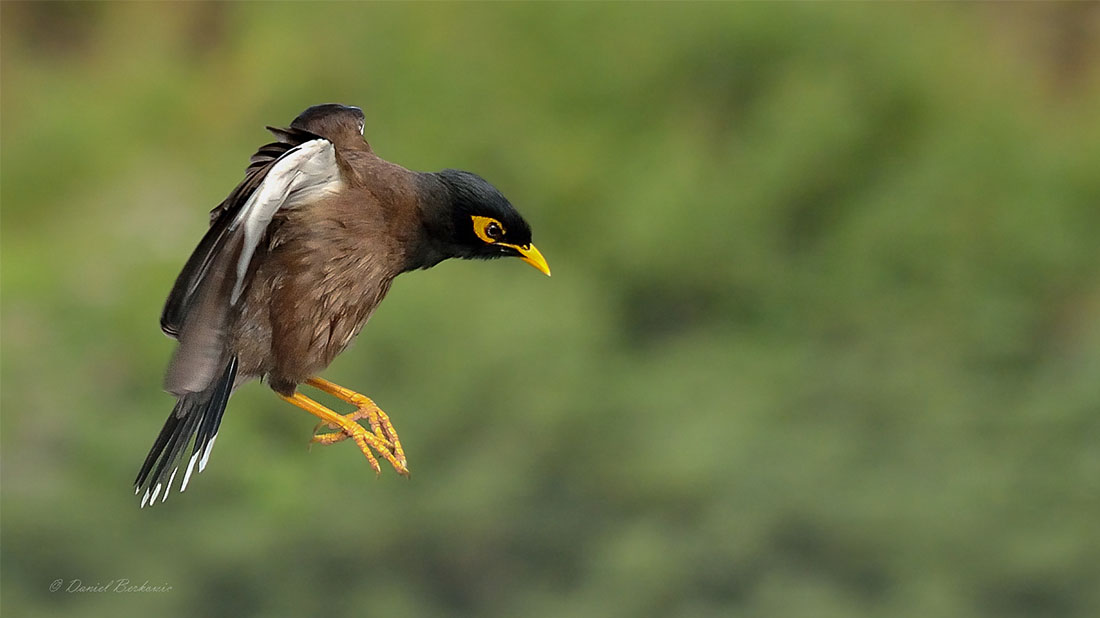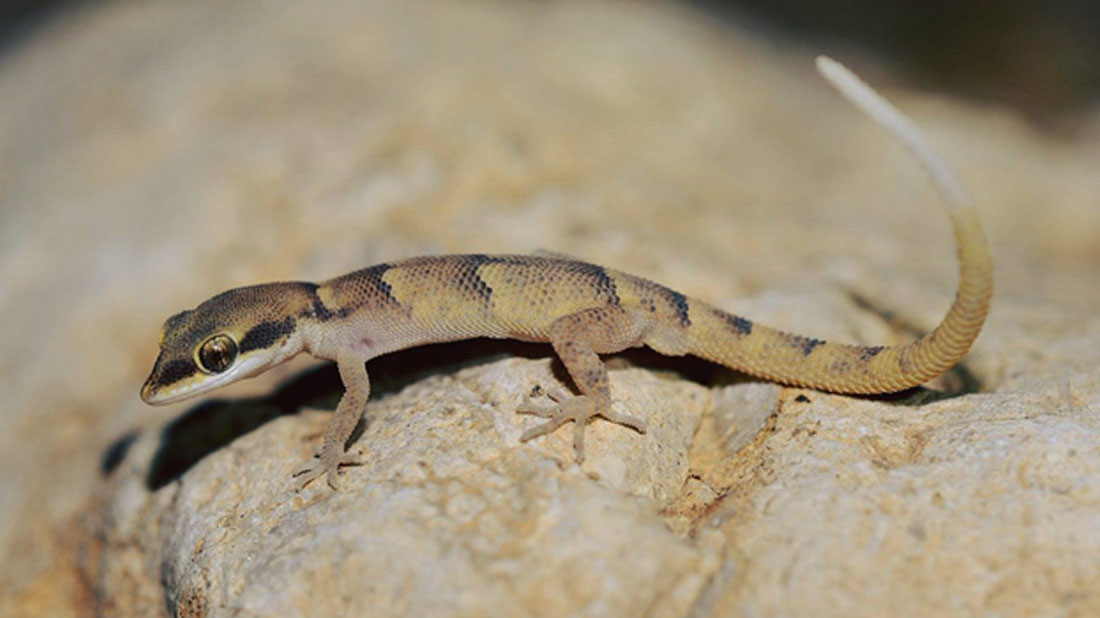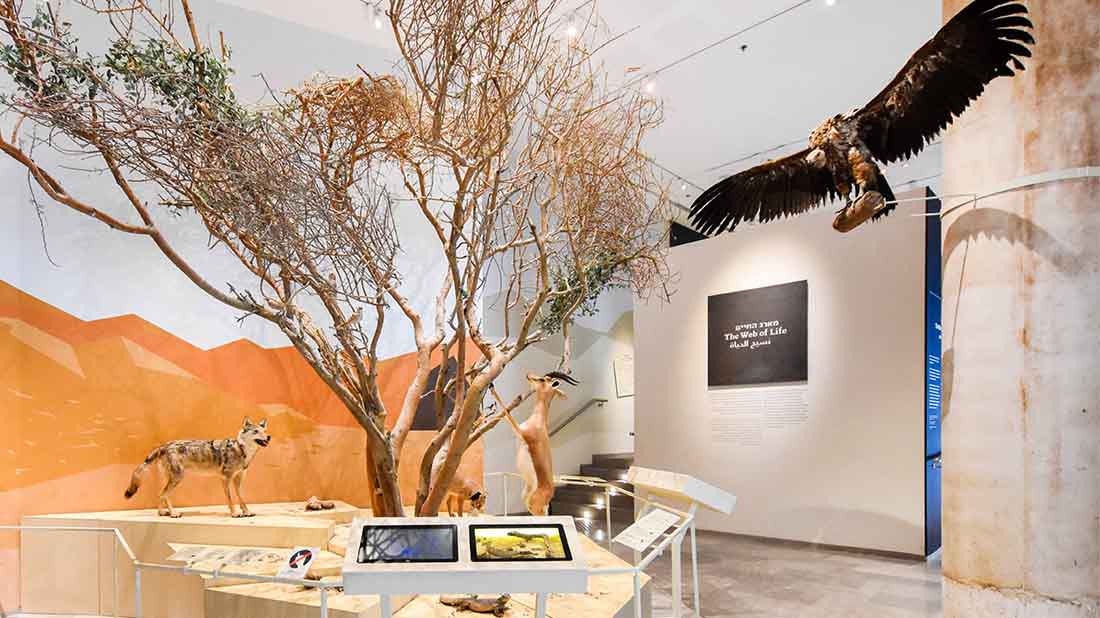A study by the Open Landscape Institute (OLI) reveals that goat grazing can help in the war against forest fires, and it is more environmentally friendly and economical than other alternatives
Forest fires completely destroy vegetation and wildlife, cause long-term damage, and pose a real danger for life and the environment. It’s not surprising that many efforts and resources have been invested in their prevention; however, there is an environmentally friendly and relatively cheap way to prevent fires. Many studies have found that livestock grazing, mostly by goats, is an effective way to minimize the danger of forest fires. The goats eat the excess vegetation, in particular, the shrubs and low tree branches in dense woodlands, making it difficult for the flames to spread during a fire.
A study by OLI, accommodated by the Steinhardt Museum of Natural History, in collaboration with Ramat Hanadiv, and funded by the forest research fund of KKL-JNF, examined different ways to expand goat grazing in Israel.
Goat raising has been a part of eastern Mediterranean civilization for thousands of years; in fact, goat grazing is one of the most important factors shaping the landscape in our region. However, today, the main difficulty in raising goats in a pasture as a branch of agriculture is the lack of economic profit, since the main agricultural products from goats are milk and dairy products. When goats are raised in a goat pen, the farmer can choose a feed that increases their milk production. Goats that eat only pasture plants tend to produce less milk, so farmers will prefer to raise goats in a goat pen. To encourage farmers to take their goats out to graze in the pasture, they must be given an economic incentive that will at least cover their losses. Grazing incentives are very worthwhile compared to the removal of excess vegetation in the forest by wood-cutting or pruning; moreover, they cost much less than the cost involved in fighting fires or in compensating for damages caused by fires.
Goat grazing in open landscapes poses many technical challenges; for example, a goat pen must be built to provide shelter at night. This goat pen must be located at a distance of no more than two kilometers from the land on which the goats are grazing since it is difficult for goats to walk greater distances.
One of the proposals for expanding the use of goat grazing for fire prevention is to encourage grazing among amateur breeders. As part of this study, a survey was conducted among amateur goat breeders in the Jerusalem Hills; it was found that in return for receiving a payment to cover losses, they would be prepared to enlarge their herds and take them out to graze in the lands around their villages.
To solve the goat pen issue, the researchers suggested locating the buildings close to the edges of agricultural villages. A geographical analysis of the Jerusalem Mountains region demonstrated that because of the relatively short distances among the settlements, goats could be taken out to graze in nearly all of the areas where grazing is needed, without harming the open landscapes.
One of the challenges is to raise awareness among the residents of the villages, including urban settlements, regarding the importance of grazing, its contribution to minimizing fire risk, and the need to pay for the grazing services, and to establish the required infrastructure, for example, goat pens. Instruction is still required in some settlements; however, in others, the conceptual change is already occurring.
To read the full study on the OLI website (in Hebrew), click here


